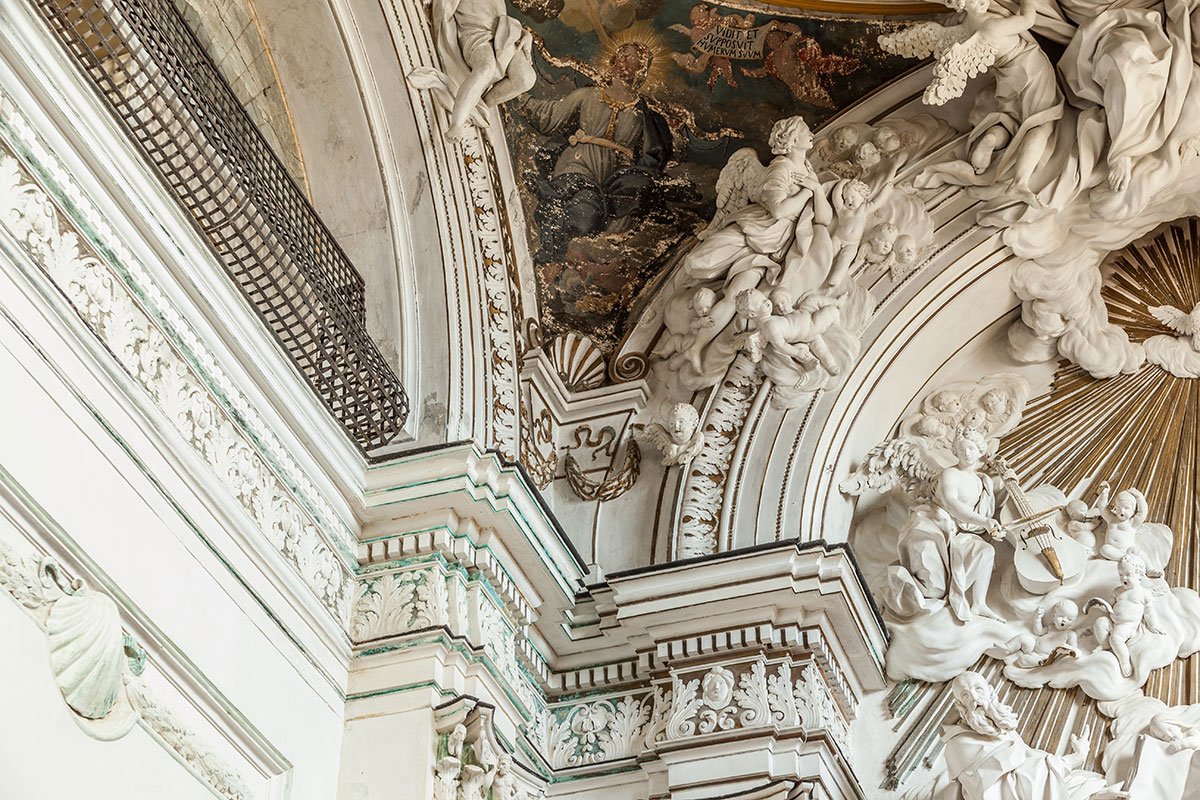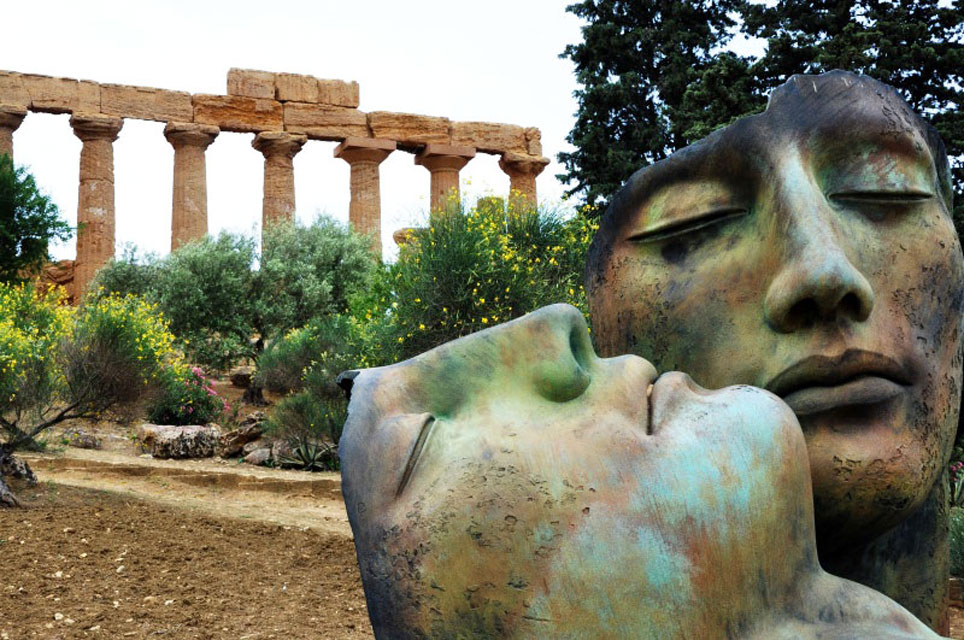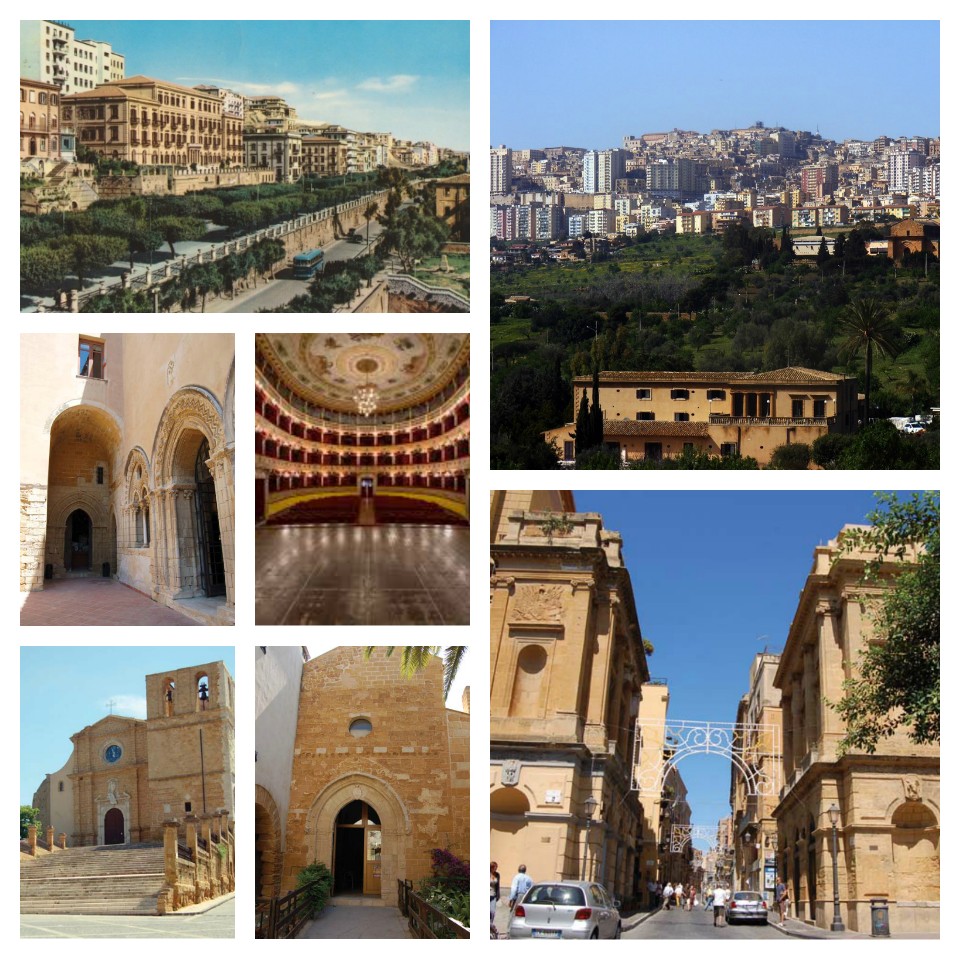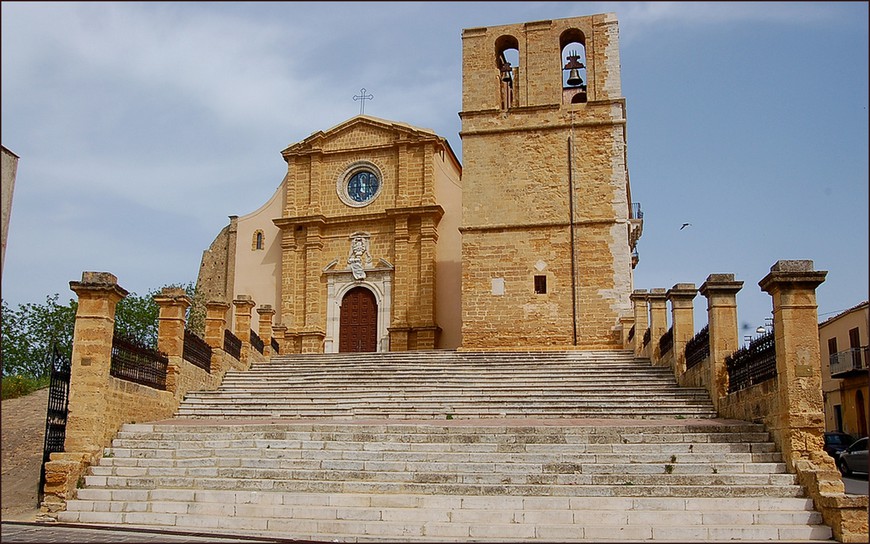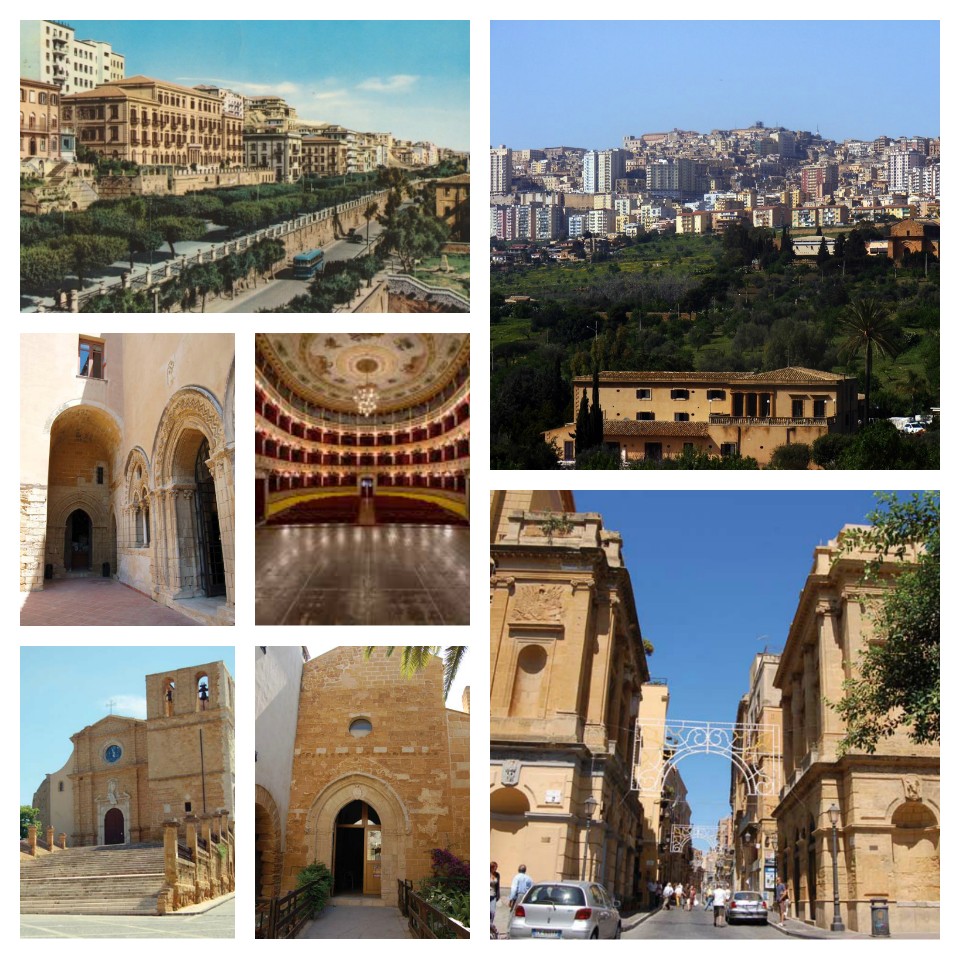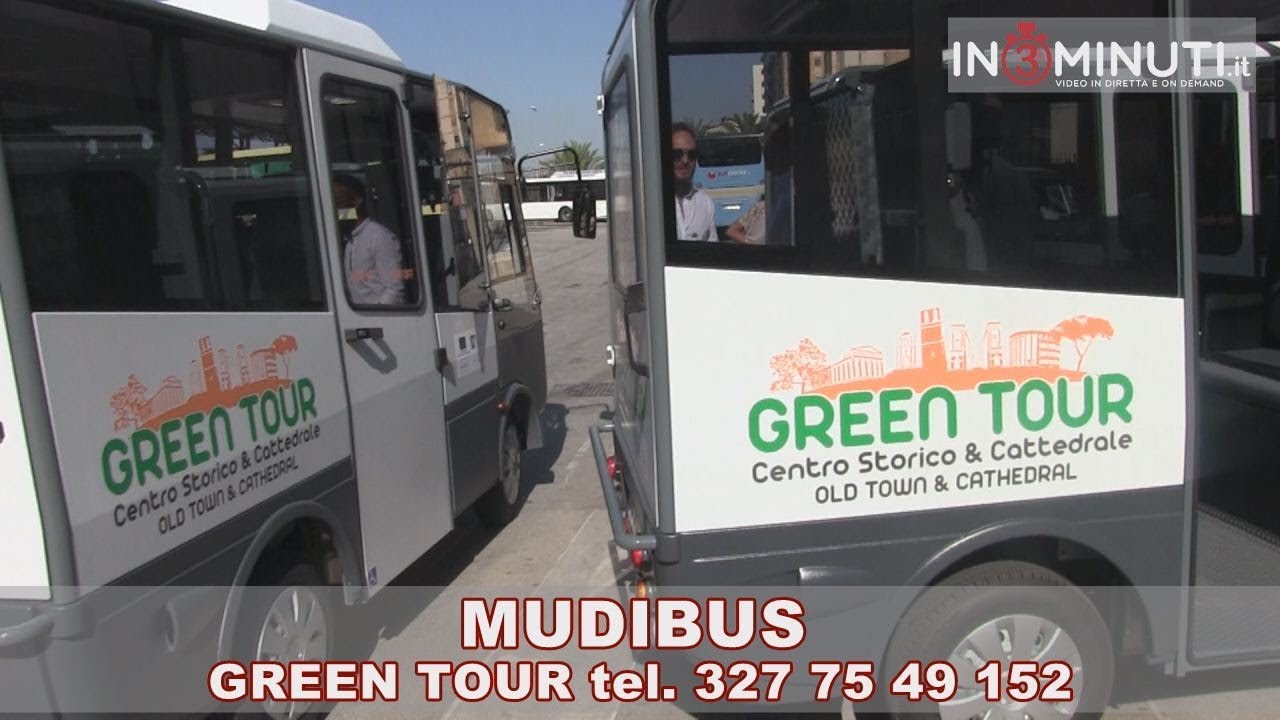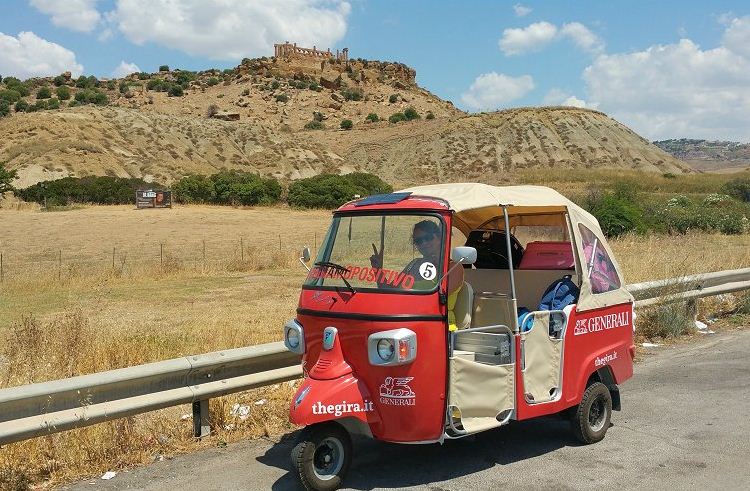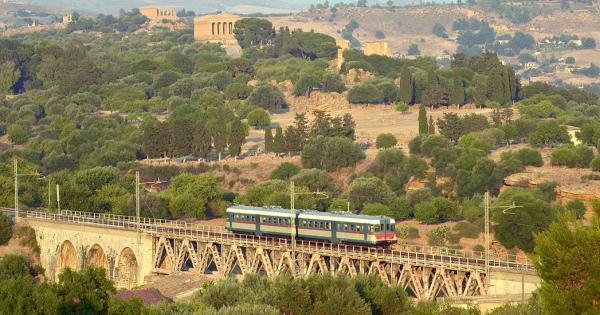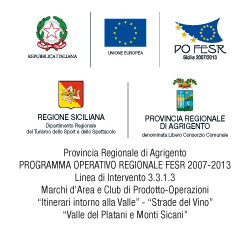Agrigento as beautiful as its Valley of the Temples
The historic center itinerary: In the historic center of Agrigento it's possible to relive the city's history.
A walk through the alleys, courtyards, churches, buildings where ancient cultures have occurred over time, each leaving its indelible trace.
A rich heritage of artistic works is contained in its museums and libraries, as well as in the many religious buildings among which the most important, the complex of the Monastery of the Holy Spirit; the medieval church of Santa Maria dei Greci, the majestic Cathedral of San Gerlando and finally the Episcopal Palace which boasts several masterpieces kept in the annexed Diocesan Museum.
To visit the city center we suggest that you follow an itinerary that allows you to learn extensively about the heart of the city. It is not a very long path so we suggest that you park your vehicle and move comfortably on foot from Piazza Marconi to the train station.
The Viale della Vittoria stretches in front of you, a real panoramic balcony from which you can admire the entire valley with the temples set against the blue background of the Mediterranean and the sea. Looking to the west you can catch a glimpse of the house of Pirandello and just beyond, Porto Empedocle.
Heading back to Piazzale Aldo Moro you encounter the sanctuary of San Calogero (XVI sec.), The black patron saint of the city along with St. Gerlando. Across the tree lined area you reach the Porta di Ponte, where Via Atenea starts, the city hangout.
Parallel to this, on the left, runs the narrow and picturesque Via Pirandello, with its eighteenth-century church of San Pietro, frescoed with scenes from the life of the saint. A little further on the left you come to the baroque style Basilica of St. Francis of Assisi (XVIII c.), that houses inside works of Gaggini and frescoes by Domenico Provenzano. Several stairs take us back on to Via Atenea.
Continuing on beyond Via Celauro or just before Via Porcello, you reach a hill that leads to the Monastery of the magnificent Santo Spirito.
The visitors were welcomed by the fragrant scent of almond cakes produced by the nuns , have the privilege of admiring the many treasures kept in the monastery.
Following Via Foderà, you arrive at Piazza Purgatorio. Here side by side, are homonymous churches, also known as San Lorenzo and Santa Rosalia, both erected in the seventeenth century. The first, with its baroque facade, great portal and beautiful spiral columns, keeps many masterpieces of Giacomo Serpotta and the school of Gaggini.
Continuing Via Atenea, you arrive at Piazza Gallo with the Palazzo dell'Orologio, built in 1851 in Gothic style.
A little further on is the church of San Giuseppe (XVIII sec.) that dominates the square overlooked by il Circolo Empedocleo. Built in 1835 and designed by Raffaello Politi, it had long been a meeting place of the nobility and the town. Now, after over 170 years, it continues to be a place of reference for the culture of Agrigento. Here is the end of Via Atenea.
A short, gently sloping stretch puts us at Pirandello Square next to the Town Hall, the Basilica of San Domenico (XVII century.). The building that houses the Town Hall was originally the Dominican convent of the adjacent church. In the atrium of the Town Hall there is the entrance and foyer of Teatro Pirandello. Built in 1870, designed by Dionisio Sciascia and decorated by Giovanni Basile from Palermo, this theater is rightly considered among the most beautiful in Sicily. His style is reminiscent of the theater "La Fenice" in Venice. Inside the church of San Domenico, in addition to numerous rich stucco decorations, a valuable painting from '600 by the painter Pompeo Buttafuoco (depicting the Crucifixion) is preserved.
A little further on you reach Piazza Sinatra, where on the right you can see, just like a big "balcony", a unique panorama from the East to the West coast of Agrigento - from Punta Bianca to Porto Empedocle with the Valley of the Temples in the center. The characteristic Via Garibaldi begins at Piazza Sinatra, with the ancient neighborhood "Rabato". The Arab area of Agrigento starts here. You can find a series of narrow streets, particularly characteristic, with alleys and courtyards obviously belonging to this type of Arab construction.
Going up to Piazza San Giuseppe, on the right of the church, you find Via Matteotti, in Agrigento more commonly called Via Bac Bac (its name comes from the Arab word meaning "dwarf"). Follow this road for a short distance until you reach the characteristic medieval church of Santa Maria dei Greci.
Going along St. Alphonsus hill we come to Via Duomo. A few meters on the right you see the antique church of Itria (XVI sec.) Of which remains only the p recious front prospective characterized by two false windows and a portal with ashlar. At house number 86, there is the Lucchesiana Library.
Further on, we find the Bishop's Palace (XI century) with a beautiful portal, balconies and windows. We are now at the highest point of the hill from where the bulk of the Cathedral dominates the city from two wide access staircases.
The opposite side of the Don Minzoni square is occupied by a seminary (XVII century), whose the Steri was built in the second half of the '300 by the noble Chiaramonte family. Heading back in the opposite direction away from Piazza Duomo is Piazza Plebis Rea, and from there, on your right is Via Matteotti, where you can reach again Piazza Gallo and Via Atenea.
 GETTING THERE AND AROUND THE CITY
GETTING THERE AND AROUND THE CITY
Transport in the city: Bus / Urban Service - TAXI - Rental of cars, motorcycles and bicycles
Archaeological itinerary by roofless bus TEMPLE TOUR BUS
Archaeological Itinerary by train
MAP AND POINTS OF INTEREST
Download the map of Agrigento and the historical center


